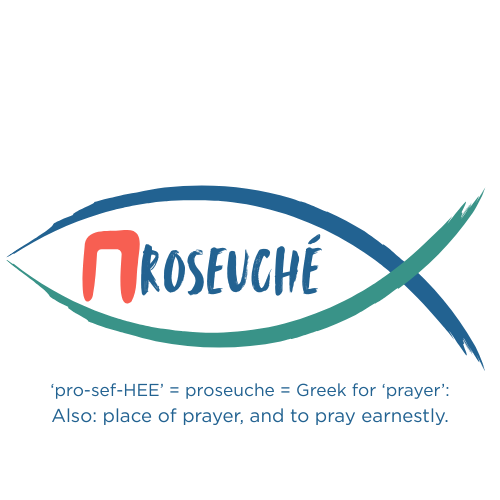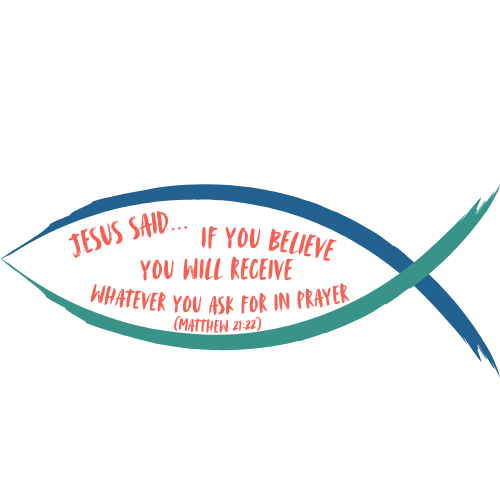Rhythms of Devotion
...or how to be religious AND spiritual
Regular prayer practice
I often hear people say: ‘I don’t have to go to church to be near God. I can meet God in nature, or through my relationships, or by sitting quietly and listening.’
And I always think, ‘of course you can. But do you?’
Having a routine - a prayer practice or rhythm - helps us make that time to be with God. It helps make being with God the center of our lives.
Even in the very earliest church, worship and prayer were separate (but overlapping) activities.
Worship is acts of devotion - taking time to focus on our orientation towards God. It’s like ‘date night’ for the divine, a ‘no distractions’ time to focus our relationship. We’re careful about our dress, our plan for activities, all the details to make it special - because it’s so important.
Prayer is communication with God, and it is meant to form and shape our days and lives. It’s how we grow in relationship with God.
We’re supposed to meet God in nature, through relationships, at work, while running errands and doing chores, etc.
And a rhythm of prayer helps weave it into the fabric of every part of our lives.
This is one reason that Trexo is a ‘gym for your soul’.
We can (and do!) move our bodies throughout our day. Yet having a routine of consciously moving our bodies in specific ways designed to strengthen them helps us make it a part of our daily lives. And eventually shapes us in particular ways. This is why we go to a gym or have a regular physical exercise routine.
So, too, a rhythm of prayer helps us live a religious life - a life that is shaped by the routine of always being in communication with God.
Here are some rhythms followed by the earliest Christians (2nd - 4th centuries):
Set 1: (Taken from the Didache)
The Lord's Prayer was prayed three times a day
Including the doxology:
’for yours is the power and the glory for ever and ever.’Early Christians believed this ‘sanctified the day’.
Fasting on Wednesdays and Fridays.
Fasting was associated with regular prayer, and important times of discernment.
Marking space and time as holy by refraining from food and drink.
Intentionally creating sacred space/time was as important as fasting duration.
Participating in prayer/fasting rituals was seen as communal prayer.
Members prayed individually throughout the day
The pattern of prayer was set by the community, so everyone understood themselves as taking part together, even when they weren’t.
Set 2: taken from the Apostolic Tradition
Believers were strongly encouraged to sanctify their time - make every part of their day holy.
Seven times of day were specifically recommended:
on rising in the morning
at the lighting of the evening lamp
at bedtime
at midnight
at the third, sixth, and ninth hours of the day (times associated with the Passion of Jesus).
The prayer itself was the Lord’s Prayer and the doxology.
Actions were recommended, along with prayer:
Wash their hands and pray to God.
The sign of the cross was part of the earliest Christians’ prayer lives.
Couples and families were encouraged to pray together.
For the earliest Christians, religious life was less about setting aside times for prayer in the midst of their ordinary, busy lives. It was more about incorporating prayer into their lives as a part of the ordinary rhythm of their days.
Create your own Prayer Practice:
Say the Lord’s Prayer and the doxology 3 or 4 times a day.
Or more, if you want to stretch!
Substitute the Jesus Prayer, the the Hail Mary, Psalm 23, or any other short prayer from memory if you like.
Use the sign of the cross when you begin or end your prayers.
Or use the sign of the cross as your prayer. Sometimes the bodily motion is all you need to orient yourself towards God.
Think of prayers before meals as the end of your fast.
Especially the first meal of the day (‘break’ + ‘fast’).
Fasts don’t have to be long or elaborate. Focus on the intention of not eating for a period of time as emptying oneself, to be filled with God’s will for your life.
Pray as you wash your hands, especially before meals.
An easy routine and reminder to pray.
“Create in me a new heart, O God, and renew a right spirit within me” (Psalm 51:10).
Pray with others.
your spouse, family, friends, community.
Just like with physical exercise, you can commit to regular personal prayer as a family, congregation or other community.
Now you are praying with others even if they are not physically present.






I just bought *The Divine Hours* by Phyllis Tickle (a fellow church re-imaginer) and I'm really enjoying the 4x a day 5 minute check in prayer format. It feels very much like topping up my cup.